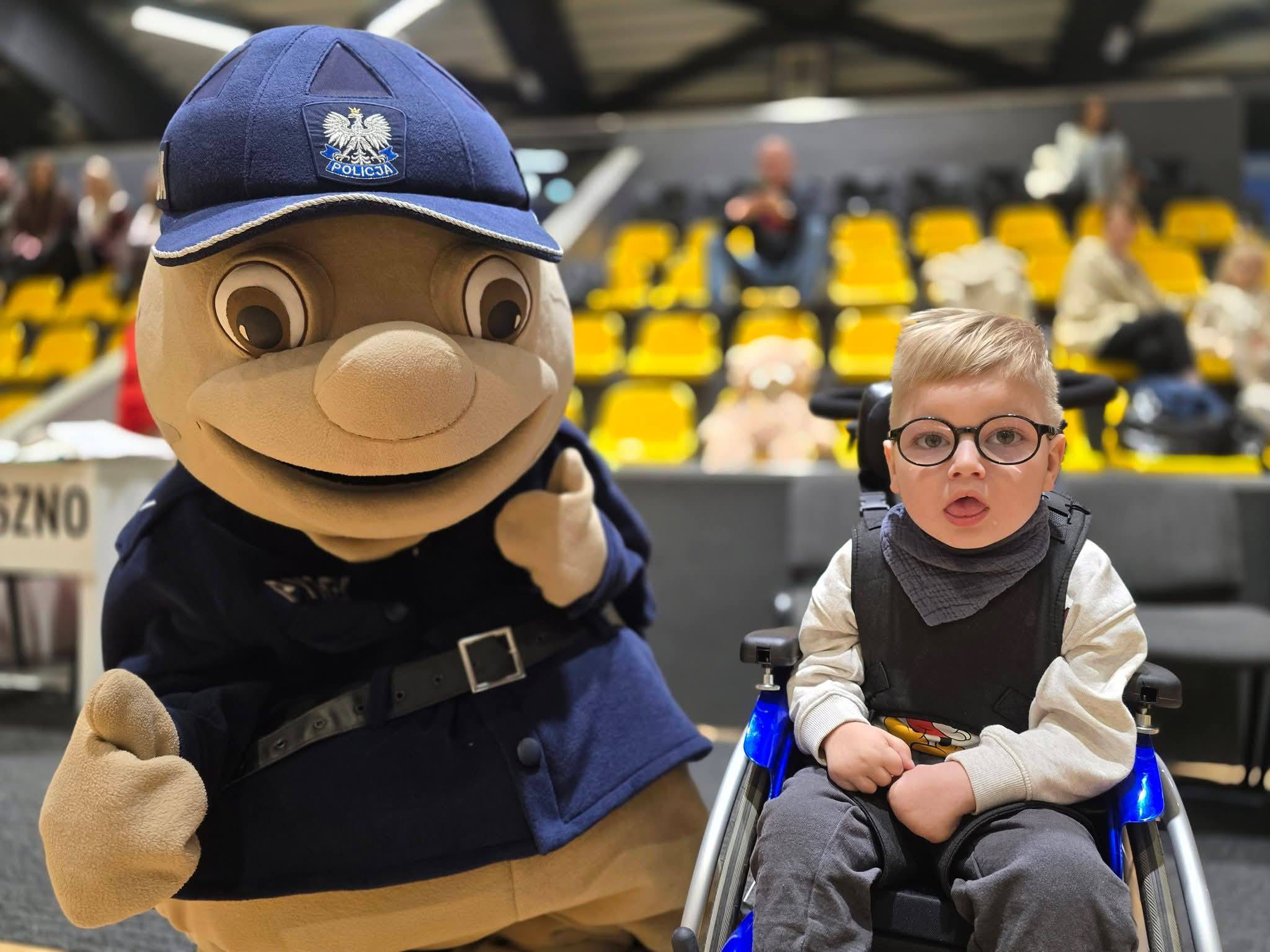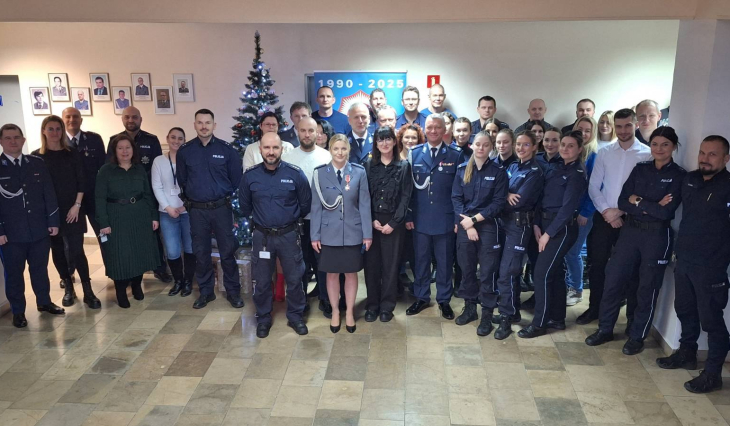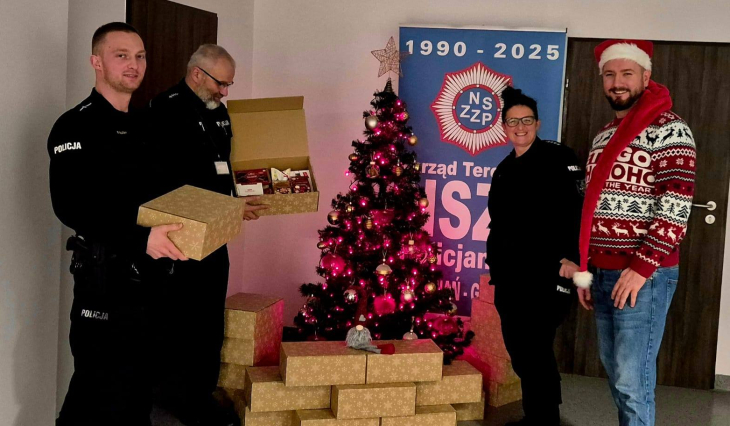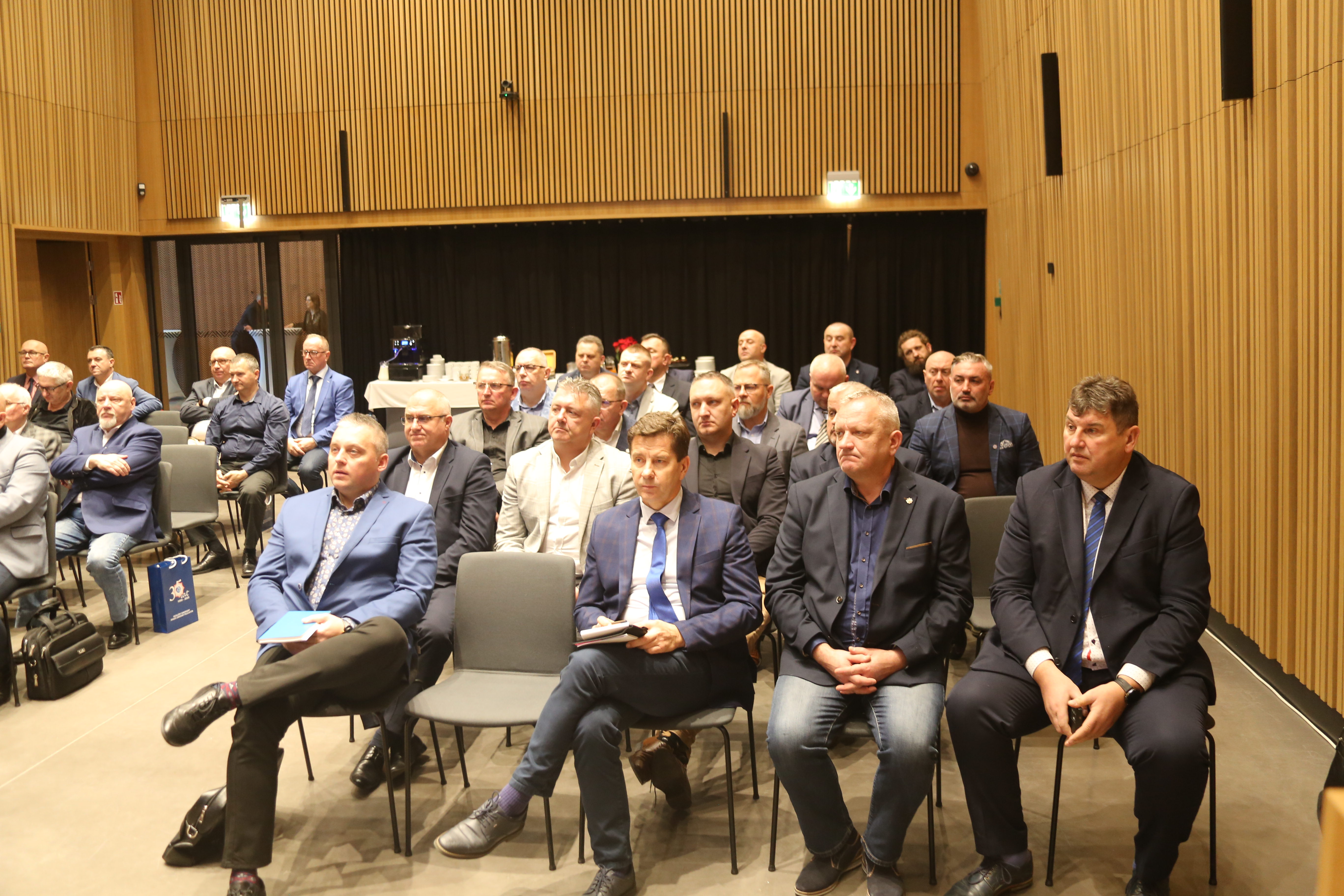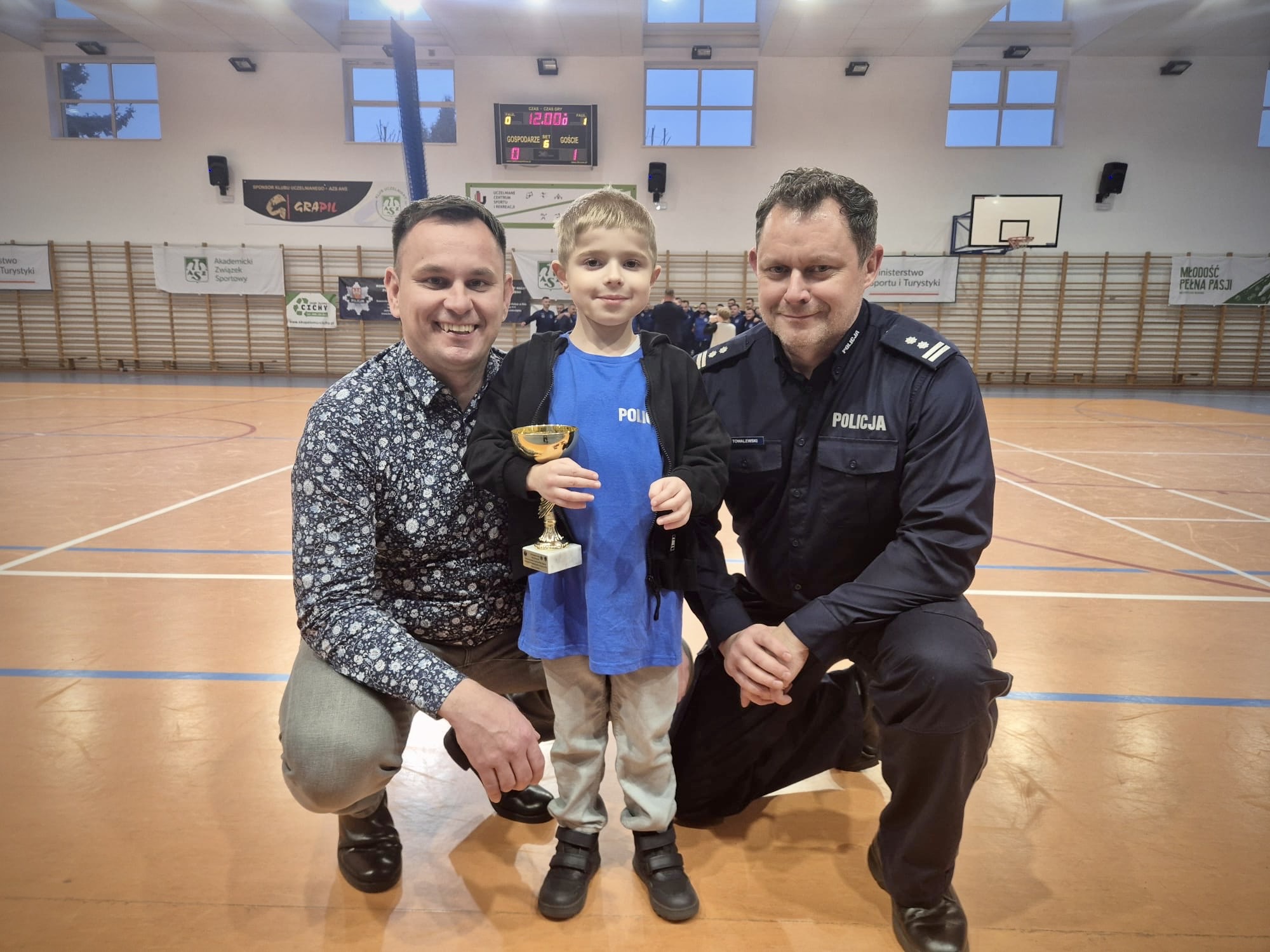![]()
NEW YORK- A United Airlines (UA) Boeing 737-900, operating flight UA3930 from Indianapolis International Airport (IND) to Newark Liberty International Airport (EWR), encountered a near-miss with a privately operated Piper Cherokee Arrow III (PA28R) while on approach to Newark on August 8, 2025.
The incident occurred at around 5,000 feet when the United crew initiated a climb to 5,300 feet after receiving a TCAS Resolution Advisory (RA). The pilots later reported that the other aircraft came within approximately 200 feet of their position, though flight tracking data indicated a vertical separation of about 500 feet.
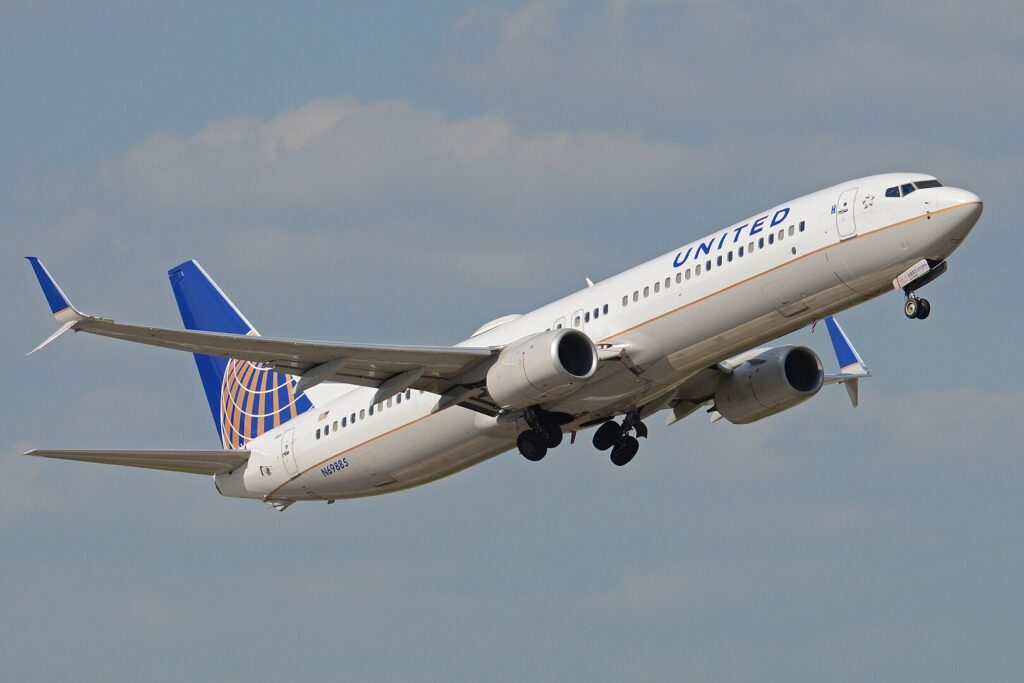 Photo: By Alan Wilson from Stilton, Peterborough, Cambs, UK – Boeing 737-924ER(w) ‘N69885’ United Airlines, CC BY-SA 2.0, https://commons.wikimedia.org/w/index.php?curid=66875360
Photo: By Alan Wilson from Stilton, Peterborough, Cambs, UK – Boeing 737-924ER(w) ‘N69885’ United Airlines, CC BY-SA 2.0, https://commons.wikimedia.org/w/index.php?curid=66875360United 737 Close Call
Air traffic control (ATC) recordings show that the United Boeing 737-900, registration N37456, was instructed to maintain 5,000 feet during its approach into Newark.
Meanwhile, the Piper Cherokee Arrow III, registration N525VB, was operating under visual flight rules (VFR) and descending through the same airspace.
As the two aircraft converged, the United crew received a TCAS RA prompting them to take immediate evasive action.
ATC then issued multiple heading and altitude changes to maintain separation, ultimately directing UA3930 to descend to 2,500 feet and proceed for a landing on runway 22L at Newark.
According to the United pilots, the encounter occurred about 10 miles west of the airport at 4,000 feet. They informed the tower immediately after landing and were given a phone number to contact, a common post-incident protocol in air traffic events.
Based on ATC communications, the Piper Cherokee was instructed to start a VFR descent to 4,500 feet shortly before the incident. United 3930 was directed through several heading changes, with the RA triggering during a right turn.
The United captain’s statement to Newark Tower indicated the aircraft had to react quickly to avoid conflict. While official radar playback suggested slightly greater separation than the crew perceived, pilots emphasized that onboard collision avoidance alerts take precedence over ATC radar estimations in real-time safety scenarios.
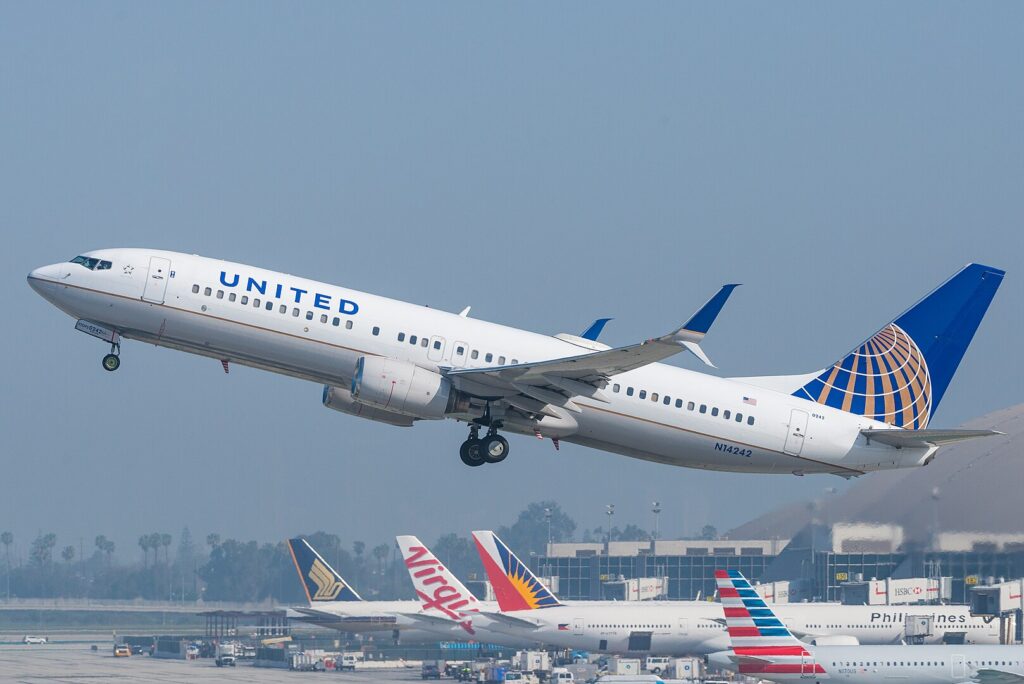 Photo: By BriYYZ from Toronto, Canada – United Airlines Boeing 737-800 N14242, CC BY-SA 2.0, https://commons.wikimedia.org/w/index.php?curid=81752288
Photo: By BriYYZ from Toronto, Canada – United Airlines Boeing 737-800 N14242, CC BY-SA 2.0, https://commons.wikimedia.org/w/index.php?curid=81752288United Pilot and Newark ATC Comms
Here’s the detailed communication transcript between United pilots and Newark Air Traffic Controller, as flagged by You Can See ATC:
{ts:21}
ATC: Victor Bravo, start VFR descent to 4,500.
Pilot (Warrior 425VB): Starting descent, 425 Victor Bravo. Approach 120.15, 5VB.
{ts:43}
ATC: United 3930, right turn heading 070, maintain 5,000.
Pilot (United 3930): Heading 070, maintaining 5,000.
{ts:58}
Pilot (United 3930): Confirmed — heading 050, 5,000.
ATC: United 3930, that’s heading 050, maintain 5,000.
{ts:69}
ATC: United 3930, turn right heading 080.
Pilot (United 3930): Heading 080… United 3930, right turn heading 120.
Pilot (continues): …United 3930, we just had a TCAS RA.
{ts:101}
ATC: United 3930, speed is your discretion. Turn right heading 180, maintain 3,000.
Pilot: Heading 180, maintaining 3,000, speed discretion, United 3930.
{ts:114}
ATC: United 3930, reduce speed, maintain 3,000 — correction — descend to maintain 2,500.
Pilot: Down to 2,500, United 3930.
{ts:128}
ATC: United 3930, right turn… left turn, contact tower 118.3.
Pilot: Left turn, contacting tower, United 3930.
{ts:143}
Pilot (to Tower): Newark Tower, United 3930, inbound for runway 22L.
Tower: United 3930, Newark Tower, wind 160 at 6, runway 22L cleared to land.
Pilot: Cleared to land 22L, United 3930. Just want to give you a heads-up — we responded to a TCAS RA about 10 miles west of the pattern, time 1741 Zulu.
{ts:172}
Tower: Roger.
Tower asks: Where was it?
Pilot: About 10 miles west of the pattern at time 1741, 4,000 feet.
{ts:194}
Pilot: That plane came in within 200 feet of us.
Tower: United 3930, exit at Echo and hold short right.
Pilot: Exiting at Echo, holding short right, United 3930.
{ts:221}
Tower: Sorry about that. United 3930, cross to your right at Echo, contact Ground 121.9. She’ll have a phone number for you — be ready to copy.
Pilot: Crossing right at Echo, will copy the number, United 3930.
Bottom Line
The FAA will review radar data, pilot statements, and ATC recordings as part of its standard investigation into loss-of-separation incidents. These reports are taken seriously because even small deviations from required separation standards can have significant safety implications.
Commercial airliners such as the Boeing 737-900 are equipped with TCAS, which autonomously monitors airspace around the aircraft and issues climb or descent commands if another aircraft is projected to breach safe separation limits.
General aviation aircraft like the Piper Cherokee Arrow III may or may not have equivalent systems, increasing the reliance on ATC and pilot visual scanning in mixed-use airspace.
Stay tuned with us. Further, follow us on social media for the latest updates.
Join us on Telegram Group for the Latest Aviation Updates. Subsequently, follow us on Google News
American Airlines and United Planes Involved in Close Call at New York LaGuardia
The post United 737 Pilots Encounter Close Call Amid Inaccurate Flight Tracking Data appeared first on Aviation A2Z.










